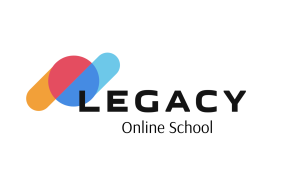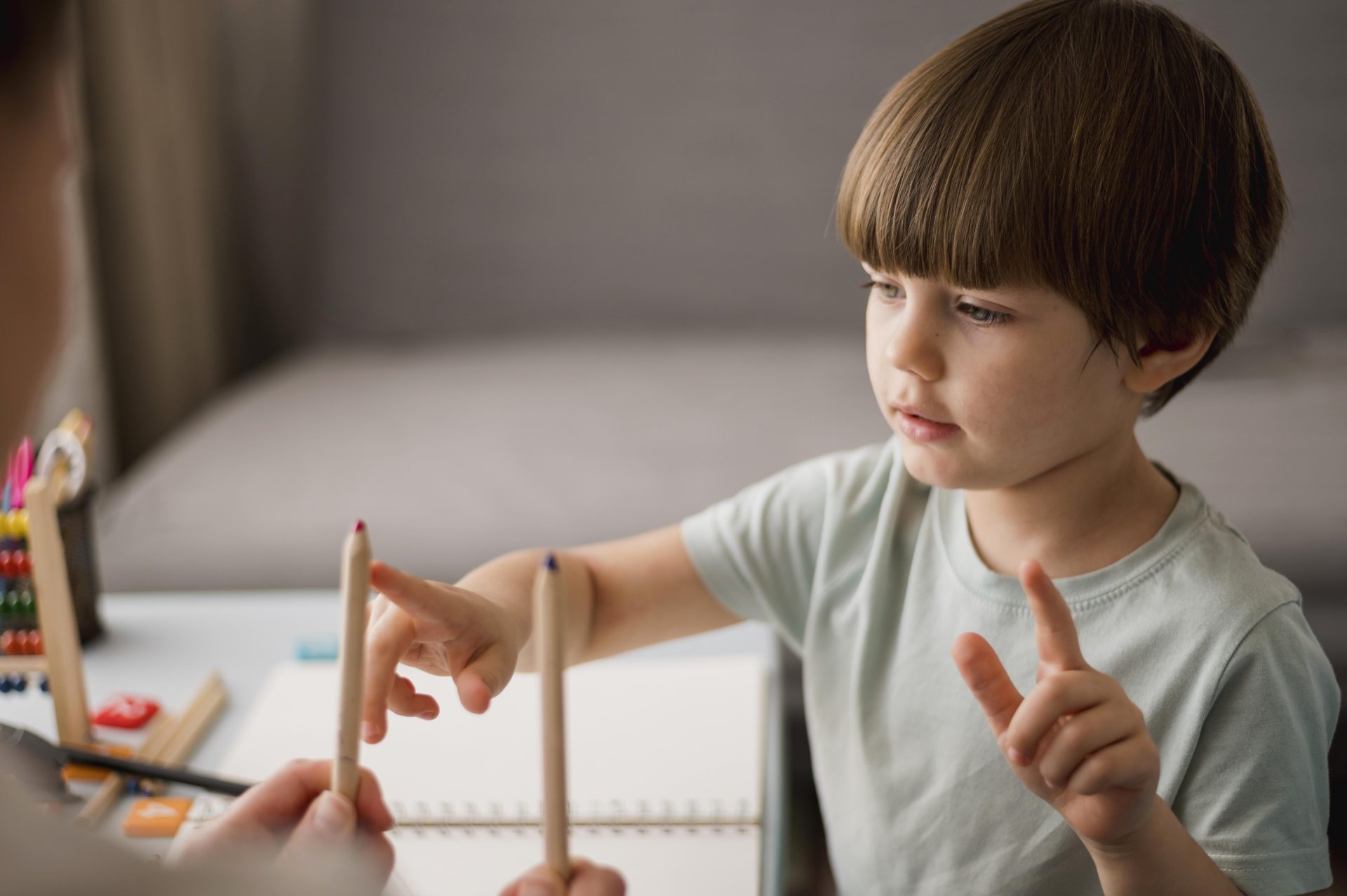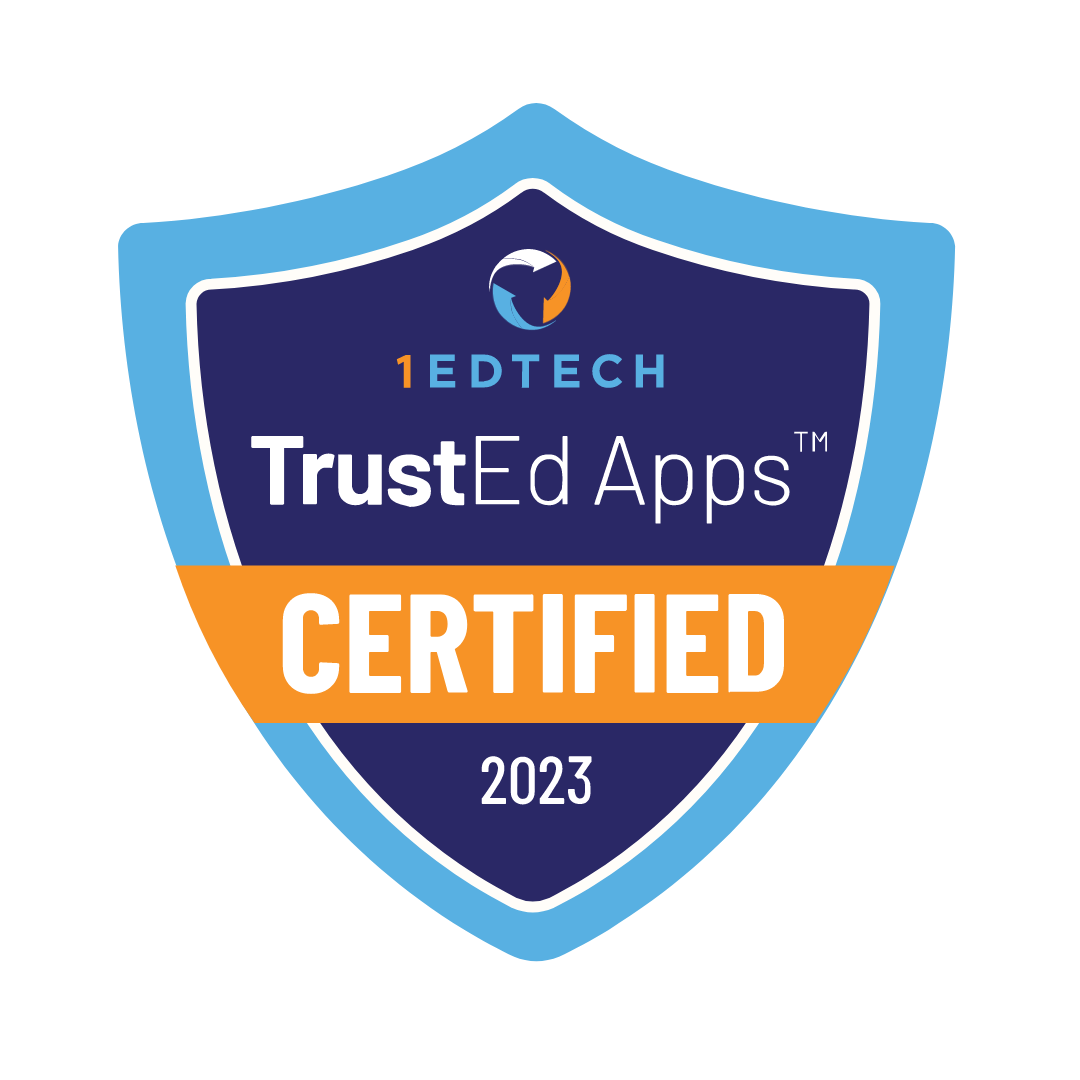Contents
- 1 What Is Kindergarten and Why Is It Important for Six-Year-Olds?
- 2 Who Was Friedrich Froebel and How Did He Influence Kindergarten?
- 3 How Has Kindergarten Evolved Since Its Inception?
- 4 What Are the Differences Between Pre-K and Kindergarten?
- 5 How Do Public Kindergartens Impact Early Childhood Education?
- 6 Kindergarten with Legacy Online School
“Research with Children in Kindergartens” by Katarina Rengel found children mostly make decisions about play, such as what, when, and with whom to play. Teachers retain authority over broader decisions. The findings highlight the need to view children as competent decision-makers and use interpretative research to better understand their perspectives.

Kindergarten is a preschool program for children aged 4-6. This program prepares them for primary school.
What Is Kindergarten and Why Is It Important for Six-Year-Olds?
We will explain kindergarten in more detail so parents can have a better understanding.

Defining Kindergarten in Early Childhood Education
Kindergarten is an early education program for children aged 4-6. This program includes various activities, helping children develop basic skills and a love for learning. This program serves as a stepping stone, preparing kids for school.
The Role of Kindergarten in Social Welfare
Social welfare improves for children attending kindergarten. These children receive professional support from educators, a structured program, and a safe environment. Kids can be themselves, interact with others, and develop their personalities in this space.
Age-Appropriate Learning in Kindergarten
Kindergarten learning is designed for kids’ age. Teachers pick activities fitting their age group. Kids learn basic skills and practice social skills in a safe and caring place.
Who Was Friedrich Froebel and How Did He Influence Kindergarten?
Kindergarten wouldn’t be what it is today without Friedrich Froebel. Let’s take a look at the contributions this person made.

The Founding of the First Kindergarten
The first kindergarten was founded in 1837 in Germany. Friedrich Froebel was the one who saw the need for such an institution. This man conducted extensive research and recognized the importance of having a dedicated place where young children could get knowledge.
Froebel’s Philosophy: Children Like Plants in a Garden
Friedrich Froebel was a man of deep intellect who viewed children philosophically. This man understood children needed plenty of attention and good development to grow into valuable members of society. Friedrich Froebel often compared children’s growth to a garden requiring care. This garden needed nurturing to grow naturally and successfully.
Impact of Froebel on Modern Early Childhood Development
This man’s ideas from the past still influence how children learn today. Children in kindergarten receive enough attention to grow and become valuable members of society. Teachers design programs suited to kids’ age, nurturing their natural talents and encouraging creative thinking.
How Has Kindergarten Evolved Since Its Inception?
Kindergarten has gone through several important stages of development.

Historical Milestones in Kindergarten Education
Here are a few important dates to know about kindergarten:
- 1837: Friedrich Froebel founded the first kindergarten in Germany
- Mid-1800s: Friedrich Froebel gained recognition for his ideas, and his approaches began to be used across Europe
- 1856: The first kindergarten in the U.S. was established in Watertown, Wisconsin
- 1873: The first public kindergarten in the U.S. opened in St. Louis, Missouri
- 20th century: Kindergarten became a common practice worldwide
The Transition from Preschool Education to Kindergarten
Preschool helps children have fun and learn some basic skills. Kindergarten aims to give kids more knowledge to prepare them for elementary school. Children start learning to count, write, and do other activities to be well-prepared for the next stage of education.
Modern Approaches: Montessori vs. Traditional Kindergarten
There are several approaches to kindergarten education. Let’s look at two of the most popular approaches.
The traditional kindergarten focuses on teacher-led learning. The teacher designs the program and uses various methods to teach. This approach is effective because teachers personalize the process for each child. It helps kids deal with problems and grasp new knowledge.
The Montessori method gives children more freedom, with less control from the teacher. Kids can choose many of their activities and decide when to learn. This method has its benefits and risks. The main risk is less personalization and a higher chance of children struggling with certain material without close teacher support.
What Are the Differences Between Pre-K and Kindergarten?
Many parents confuse pre-K and kindergarten. Let’s break down these concepts.

Understanding the Age Groups for Pre-K and Kindergarten
These two concepts differ in their approach and the age groups they target. Pre-K is for children around 3-4 years old. Kindergarten is for kids 4-6 years old. Pre-K focuses more on play. Kindergarten emphasizes knowledge to prepare children for the next level of education.
Curriculum Differences and Their Importance
The Pre-K curriculum does not have a strict program. Its main goal is to give children their first experience interacting with others and to establish early learning habits. These habits help children understand the need to follow a daily routine.
The kindergarten curriculum includes some core subjects preparing children for elementary school. It teaches kids how to behave, understand lessons, and what they need to do to earn good grades.
Both stages are important because they prepare children for the next level of education gradually, introduce them to new experiences, and help them succeed in their development.
Choosing Between Pre-K and Kindergarten for Your Child
Parents choose the right stage for their child based on age and individual needs. A kid who struggles with focus and isn’t ready for academic learning will likely feel more comfortable following a Pre-K curriculum. A child who is more focused and organized can start with a kindergarten curriculum to prepare for elementary school.
How Do Public Kindergartens Impact Early Childhood Education?
“Kindergarten is important for all children, especially those who do not attend preschool or haven’t had much exposure to math, reading and other subjects”
Steve Barnett, KQED

Public kindergartens use specific programs to help children grow and learn. We’ll explain how these programs impact a child’s development.
The Role of Public Kindergarten in Community Welfare
Public kindergartens, unlike private organizations, play a vital role for families by instilling proper values in children. The curriculum in these kindergartens always meets high state standards and is updated accordingly. Many families prefer public kindergartens because they are more affordable than other options.
Accessibility and Affordability of Kindergarten Programs
Public kindergartens offer programs many families can afford. Families can use Google or specialized resources to find several options, compare them, and choose the one suiting them best.
Success Stories: Children Thriving in Public Kindergarten
Many children attending public kindergartens have shown excellent results in elementary school. Success stories of these kids can be found on the website of the specific public kindergarten.
Kindergarten with Legacy Online School

Legacy Online School offers a strong online kindergarten program for children. The program focuses on developing basic skills like reading, writing, math, and social interaction. Kids learn at their own pace with support from professional teachers. The program includes different activities and resources. Contact us to get more information.











